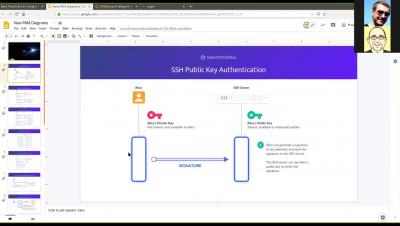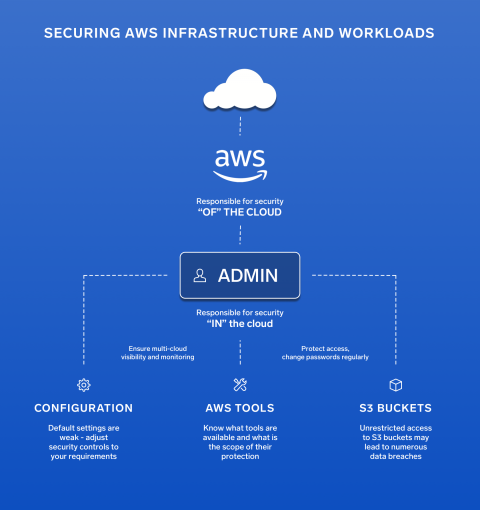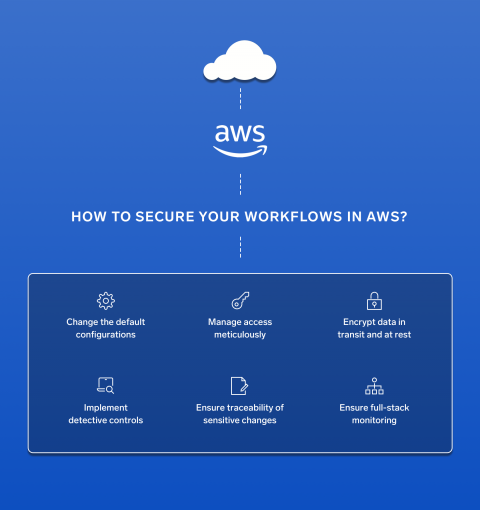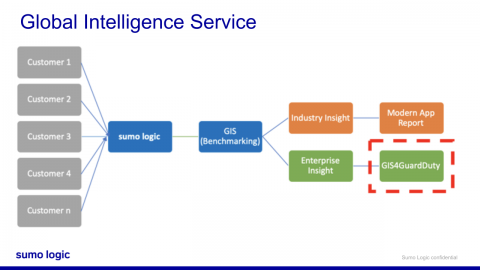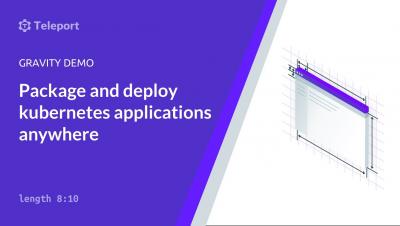Moving to the Cloud and How You Shift Your Security Management Strategy
As someone who has worked for their entire career in the Managed Network Services space, if I had to pick out, over the past five years, two of the most impactful shifts in managing technology, it would be a shift from traditional, in-house servers to solutions where 3rd parties build “clouds” to provide similar business functions as well as the increased pressure on organizations to have comprehensive cyber-security strategies as threats become more significant.



